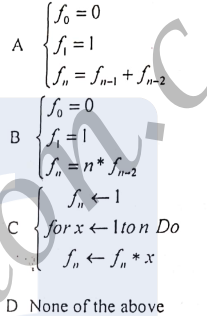A Level Computer Science Quiz 2017 Part 2
15 QuestionsQuiz Description
Computers have changed the way people relate to one another and their living environment, as well as how humans organize their work and their communities. As such, it can be defined as the study of science that deals with the theory and methods of processing information in digital computers, the design of computer hardware and software, and the applications of computers.
As students going in for an official examination, each student must be well equipped. As such a quiz is the one of the most effective ways to test and examine yourself. This quiz comprises questions based on the advanced level computer syllabus. Some of the topics included in this quiz are data structures and algorithm and software systems.
Each of the questions in the quiz has four possible answers and of which only one is correct among the four.For more such quizzes click on more or visit our website to gain more materials.
The scheduling algorithm in which the CPU is allocated to the process with the least CPU-burst time is called
Which of the following is NOT characteristic of a relational database model?
A program parameter that can be modified by all subprograms that make reference to it is known as a/an:
Given the algorithmic statements below
If (A > N) or (B < 0), then
A ← A + 1
B ← B – 1
Else
A ← B + N
Endif
The statement A ← B + N is only executed
If a software piece can be used either alone or together with other software pieces to produce a more sophisticated software, the software piece is said to be
What data structure will you most likely see in a non-recursive implementation of a recursive algorithm?
Which of these sort algorithms divides, at each iteration, the list into two sub-lists so that one is sorted and the other unsorted?



